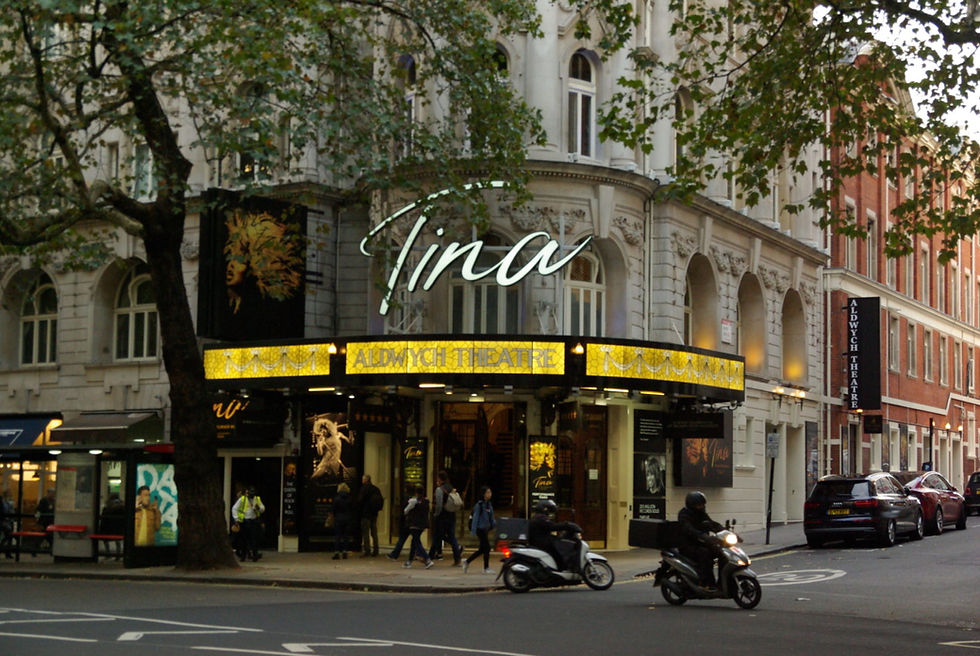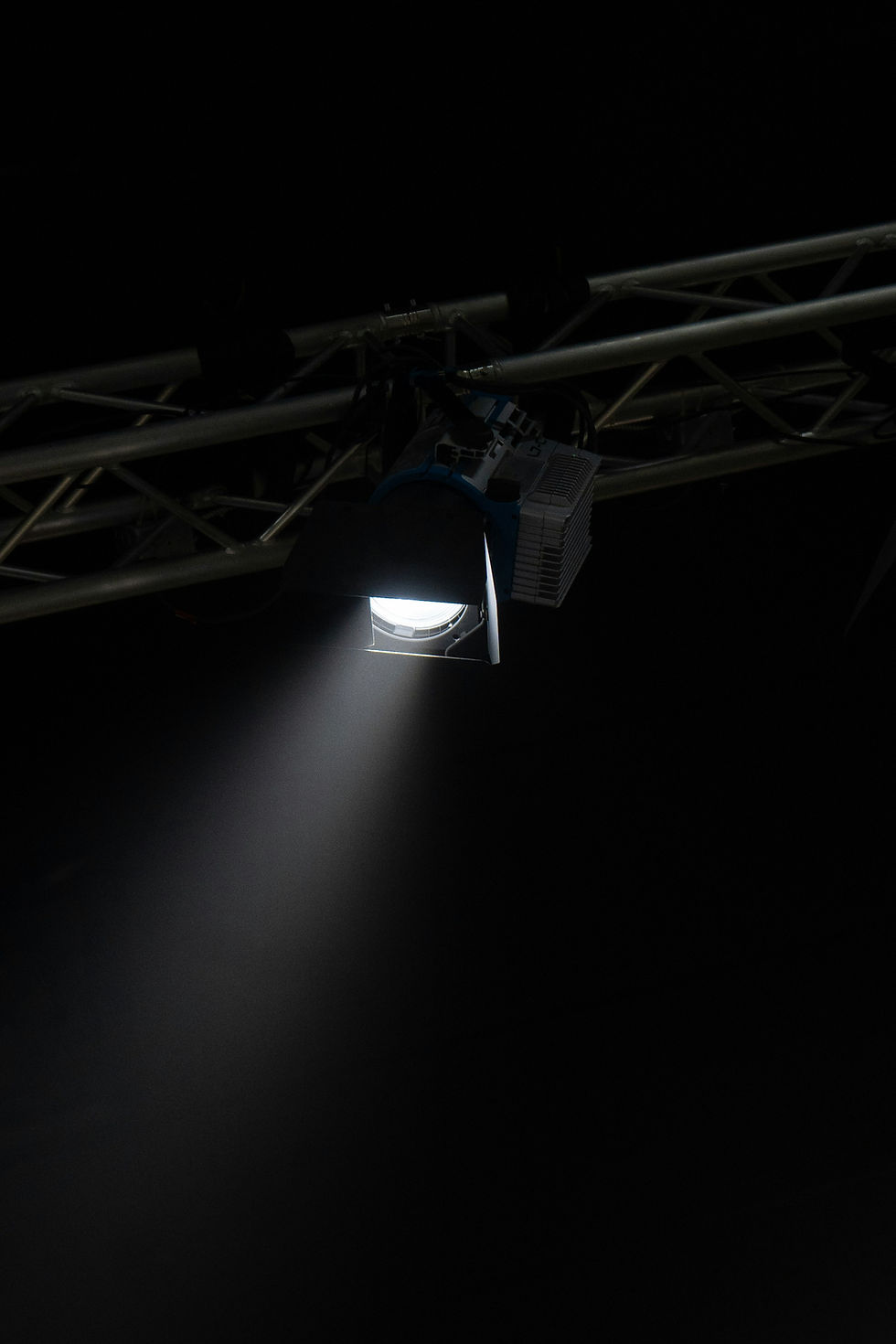Modernising Stage Rigging and Fly Towers: Structural Upgrades for West End Productions
- MJ Consulting Engineers

- Oct 15
- 3 min read

Balancing History and Modern Performance Demands
London’s West End theatres are global icons - spaces where heritage, artistry, and engineering meet. Yet behind the ornate plasterwork and velvet curtains, many of these buildings face a hidden challenge: their original stage structures were never designed for today’s technically ambitious productions.
Modern shows demand larger sets, heavier lighting rigs, and complex automation systems - all of which add significant load to the theatre’s structural framework. For theatre owners, operators, and developers, upgrading these systems safely is a technical balancing act between innovation and preservation.
That’s where specialist structural engineering plays a vital role.
Understanding the Rigging Challenge
A theatre’s rigging grid and fly tower are the unsung heroes of live performance. They support lighting, scenery, and stage effects - often with equipment weighing several tonnes. In many older West End venues, these structures were built for manual hemp systems and timber fly galleries, not for modern motorised winches or moving LED walls.
As production demands evolve, the load paths through these structures change dramatically.
Engineers must assess:
Existing load capacities - identifying whether the grid, beams, and connections can handle increased point loads.
Deflection limits - ensuring structural movement doesn’t affect lighting alignment or set stability.
Access and safety - confirming that catwalks, ladders, and maintenance points remain compliant and safe to use.
Without reinforcement, adding new rigging equipment can overstress the structure - a risk no theatre operator can afford.
Engineering Solutions for Fly Tower Reinforcement
Structural upgrades for fly towers typically involve strengthening the steelwork or adding new load paths that discreetly support modern systems. At MJ Consulting Engineers, these interventions are tailored to each theatre’s age, materials, and spatial constraints.
Common solutions include:
Rigging grid strengthening: Installing new primary beams or reinforcement plates to safely carry dynamic loads from automated hoists and lighting bars.
Fly tower bracing: Enhancing lateral stability to resist the increased loads from moving set elements or suspended AV screens.
Independent rigging structures: Introducing self-supporting steel frames that transfer loads directly to ground or basement foundations, avoiding stress on historic roof trusses.
Temporary works and sequencing: Designing phased installations to ensure theatres can continue rehearsals or performances while work progresses.
The result? Venues that retain their architectural integrity while gaining the strength and flexibility needed for contemporary productions.
Heritage Considerations in Theatre Engineering
Working in West End theatres often means working in listed buildings. Any intervention must respect historic materials and minimise disruption to original features.
MJ Consulting Engineers collaborates closely with conservation officers, architects, and theatre consultants to design reversible, low-impact strengthening systems. This may involve:
Concealing steel reinforcements within ceiling voids.
Using bolted, rather than welded, connections to avoid damaging existing fabric.
Coordinating designs to preserve sightlines, acoustic integrity, and visual aesthetics.
It’s a careful balance of preservation and progress - ensuring the show goes on without compromising heritage.
Scheduling Around Performance Demands
Unlike most construction sites, theatres rarely have the luxury of long shutdown periods. Many operate on tight seasonal calendars, with only brief “dark weeks” available for maintenance or refurbishment.
Structural upgrades must therefore be meticulously planned to fit within limited windows. MJC’s team frequently works around performance schedules, coordinating with production crews to manage access and sequencing. This proactive approach minimises downtime - keeping theatres open, safe, and ready for curtain-up.
Future-Proofing London’s Theatres
As technology continues to advance, theatre structures must evolve too. Reinforced grids, adaptable mounting systems, and modular rigging frameworks ensure that future productions can embrace new creative possibilities without costly re-engineering.
MJ Consulting Engineers helps theatre owners and operators future-proof their venues by designing flexible structural systems - engineered with longevity, sustainability, and performance in mind.
Preserving Legacy
Modernising stage rigging and fly towers is far more than a technical exercise - it’s an act of stewardship. By combining structural innovation with deep respect for theatre heritage, engineers like MJ Consulting help ensure London’s West End remains a world leader in live performance.
Every strengthened beam, every reinforced grid, every carefully planned upgrade plays a part in supporting the magic that happens on stage - safely, sustainably, and seamlessly.




















Comments